As ever, a reminder of raw specifications and imaging features:
| Nokia 808 PureView (2012) | Xiaomi Mi 11 Ultra (2021) |
|
Dedicated two-stage shutter button/launch key 41 MP RGB sensor Xenon flash |
50 MP, f/2.0, 24mm (wide), 1/1.12", Dual Pixel PDAF, Laser AF, OIS Multiple frame stacking when needed |
It's a huge compliment to the 808 PureView that it can still be compared in a meaningful way to a £1200 phone from a decade later - but there's zero expectation that it can win out. Instead, merely being in the same frame (pun intended) is the main takeway. Away from imaging, of course, the 808 is a non-starter, with an OS that's no longer supported, an app store that no longer exists (so everything has to be sideloaded), and with many digital certificates now expired.
Some notes on my methodology:
- Shots were mainly handheld and on full auto, as a regular user would, in 16:9 mode, meaning 8/9MP output; the 808's night tests were tripod mounted, since it was too early to have OIS and results would have been horribly skewed by this - we want to see what the PureView oversampling can do, not how steady my hands were at that particular moment.
- Zoom tests are limited on the 808 PureView to 1:1 on the sensor, i.e. the UI never allows for 'lossy' zoom. In practice, this means a 2.5x limit. In zoom tests, I've also demonstrated some use of the Xiaomi's 5x telephoto lens, with bonus points as needed.
- I've used a mix of crops and scaled photos below, depending on subject, to show white balance and dynamic range differences or pixel-level detail - or, in some cases, both.
Test 1 - Sunny landscape
A local lake, somehow the water has gone a vibrant green in this corner, I'm assuming through algae! Still, with focus on the other side of the water, here's the full scene:

You can grab the original photos from the Nokia 808 PureView and Mi 11 Ultra, for your own analysis.
To look at the images in more detail here, here are fairly central 1:1 crops, from the Nokia 808 PureView and then the Xiaomi Mi 11 Ultra, just wait to make sure the page has fully loaded and then use your mouse or trackpad pointer to compare the images:


Similar detail for the two (which is good for the Mi 11 Ultra, it's not overdoing the processing), but dramatically different colours. Interestingly, the 808's shot is too pale and the Mi 11 Ultra's is too vibrant, the real scene was halfway between the two, but this is a good demonstration that photography is never an exact art - cameras are always lying to you slightly, compared to what your eyes see. But then again, is what my eyes see the same as what yours see? Maybe colours are an illusion and we're living in The Matrix? But I digress...
Honours even, but one point docked from each for getting the colour vibrance 'wrong'(!)
Nokia 808 PureView: 9 pts; Xiaomi Mi 11 Ultra: 9 pts
Test 2 - Sunny landscape, zoomed
The same scene, zoomed to the PureView limit on the 808 (2.5x) and '2.5x' in the Mi 11 Ultra's camera UI.
You can grab the original photos from the Nokia 808 PureView and Mi 11 Ultra, for your own analysis.
To look at the images in more detail here, here are fairly central 1:1 crops, from the zoomed images from the Nokia 808 PureView and then the Xiaomi Mi 11 Ultra, just wait to make sure the page has fully loaded and then use your mouse or trackpad pointer to compare the images:


It's interesting that even though I've praised Xiaomi's software zoom on the main lens in a previous article, when up against the legendary original PureView zoom device, the enhancements at the pixel level are all too obvious. Despite a weaker dynamic range, I much prefer the Nokia 808's natural result here.
Nokia 808 PureView: 10 pts; Xiaomi Mi 11 Ultra: 8 pts
Test 3 - Sunny landscape, 5x zoomed
Well, I had to do it, didn't I? Even though the 808 won't zoom this far, here's a comparison with the 5x telephoto on the Xiaomi. You can grab the original zoomed photo from the Mi 11 Ultra, for your own analysis.
To look at the images in more detail here, here are fairly central 1:1 crops, from the zoomed images from the Nokia 808 PureView and then the Xiaomi Mi 11 Ultra, just wait to make sure the page has fully loaded and then use your mouse or trackpad pointer to compare the images:


Dramatically better, of course. Really useful for nature and wildlife, the Mi 11 Ultra's periscope telephoto is excellent in good light, as here.
Xiaomi Mi 11 Ultra: 4 bonus pts
Test 4 - Nature scene
Greenery is the acid test of most cameras and their processing and JPG encoding.
You can grab the original photos from the Nokia 808 PureView and Mi 11 Ultra, for your own analysis.
To look at the images overall, here are scaled versions from the Nokia 808 PureView and then the Xiaomi Mi 11 Ultra, just wait to make sure the page has fully loaded and then use your mouse or trackpad pointer to compare the images:
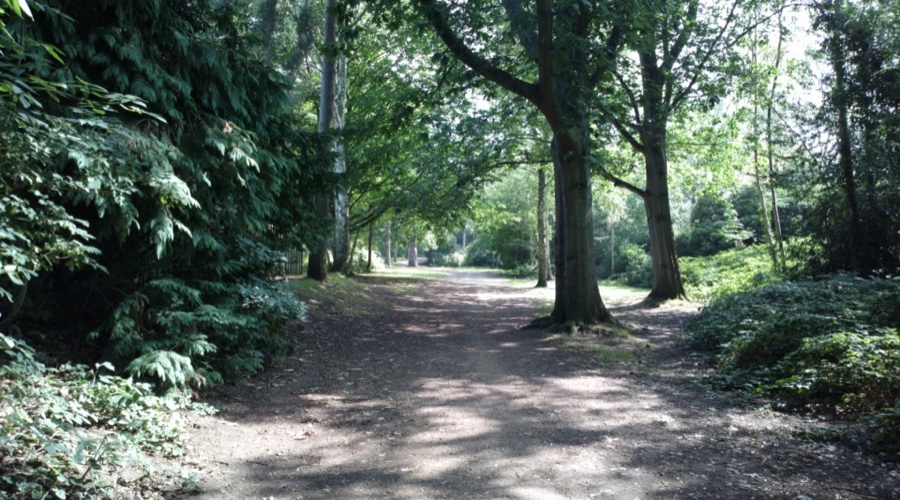
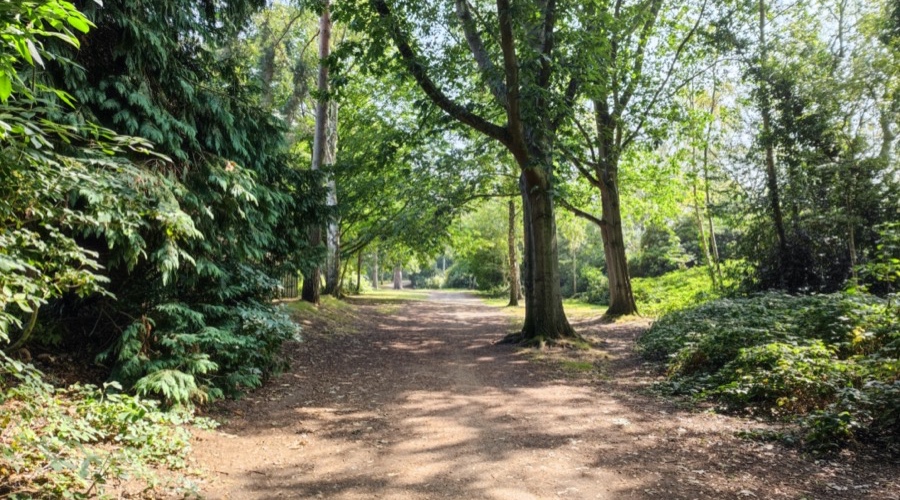
Although some patches of green are overdone, I do like the Mi 11 Ultra's warmer approach, it's closer to how I felt when I did that walk in the sunshine. So a slight win, though the 808's image is also perfectly fine and could be tweaked to taste in seconds in any photo editor.
Nokia 808 PureView: 9 pts; Xiaomi Mi 11 Ultra: 10 pts
To look at the images in more detail here, here are fairly central 1:1 crops, from the Nokia 808 PureView and then the Xiaomi Mi 11 Ultra, just wait to make sure the page has fully loaded and then use your mouse or trackpad pointer to compare the images:

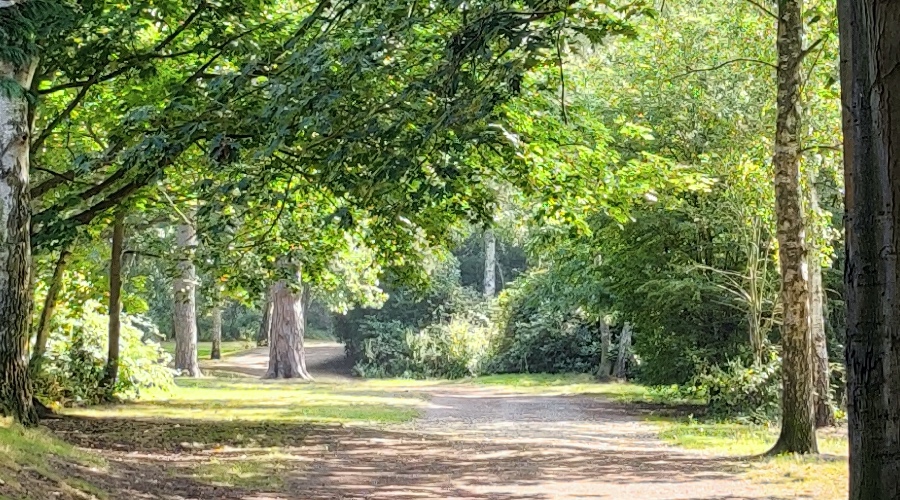
There's slightly finer detail from the Nokia 808, but its dynamic range is no match for the Mi 11 Ultra's - modern phone cameras combine multiple shots to make sure that no areas are 'blown out'. So points for the 808 for purity, but the Xiaomi wins overall.
Nokia 808 PureView: 8 pts; Xiaomi Mi 11 Ultra: 10 pts
Test 5 - Nature scene, zoomed
The same scene, zoomed to the PureView limit on the 808 (2.5x) and '2.5x' in the Mi 11 Ultra's camera UI.
You can grab the original photos from the Nokia 808 PureView and Mi 11 Ultra, for your own analysis.
To look at the images in more detail here, here are fairly central 1:1 crops, from the zoomed images from the Nokia 808 PureView and then the Xiaomi Mi 11 Ultra, just wait to make sure the page has fully loaded and then use your mouse or trackpad pointer to compare the images:

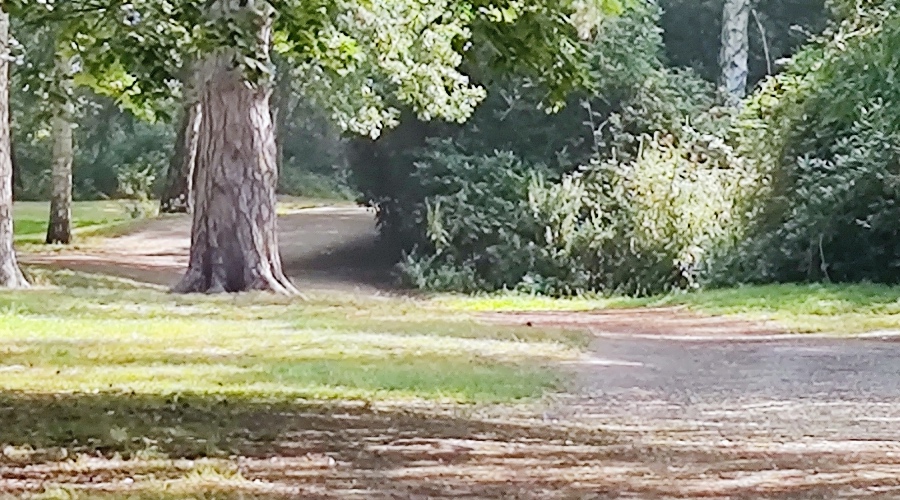
The finer and better detail in the Nokia 808's zoomed photo is balanced off neatly against the Xiaomi's better dynamic range again. Score draw overall.
Nokia 808 PureView: 8 pts; Xiaomi Mi 11 Ultra: 8 pts
As before, here's a bonus comparison with the 5x telephoto on the Xiaomi. You can grab the original zoomed photo from the Mi 11 Ultra, for your own analysis.
To look at the images in more detail here, here are fairly central 1:1 crops, from the zoomed images from the Nokia 808 PureView and then the Xiaomi Mi 11 Ultra, just wait to make sure the page has fully loaded and then use your mouse or trackpad pointer to compare the images:

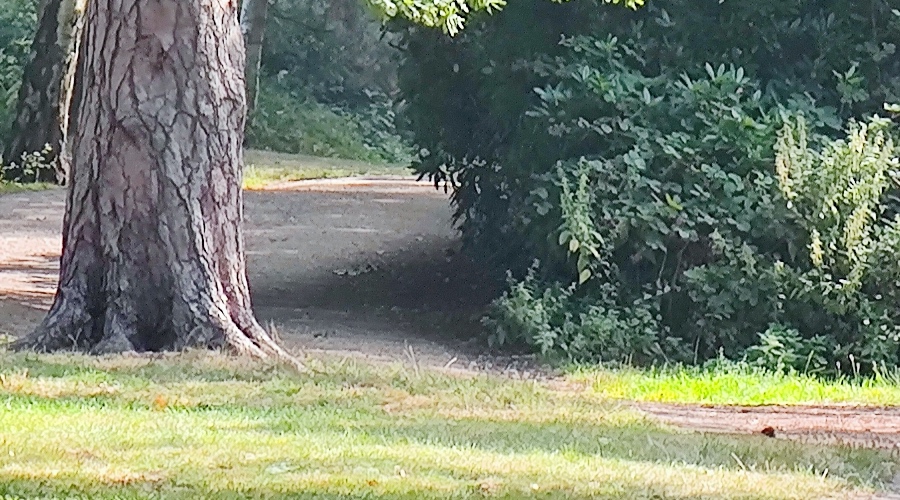
Dramatically better, again. Perfect for spotting squirrels.
Xiaomi Mi 11 Ultra: 4 bonus pts
Test 6 - Sunny close-up
An obliging ceramic rabbit in the sun at about 45cm, here's the full scene:

You can grab the original photos from the Nokia 808 PureView and Mi 11 Ultra, for your own analysis.
To look at the images in more detail here, here are fairly central 1:1 crops, from the Nokia 808 PureView and then the Xiaomi Mi 11 Ultra, just wait to make sure the page has fully loaded and then use your mouse or trackpad pointer to compare the images:


I'm going to be savage here and criticise the Mi 11 Ultra's auto-focus. Perhaps unfair, but for really precise focus in this scene I'd have needed to tap-to-focus on the rabbit's face/nose. While the 808's auto-focus system is primitive but uses just a small area at the centre of the frame, meaning that it nails the focus in this shot. Who'd have thought it?(!)
Nokia 808 PureView: 10 pts; Xiaomi Mi 11 Ultra: 9 pts
Test 7 - Patchy sun, high dynamics
A bench under patchy sun (as in lots of shade) and needing dynamic range and pixel-perfect resolution. Here's the full scene:
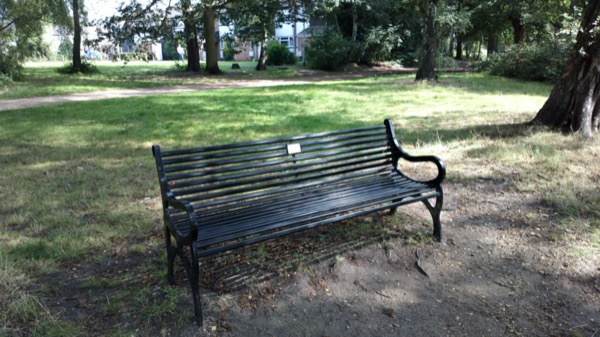
You can grab the original photos from the Nokia 808 PureView and Mi 11 Ultra, for your own analysis.
To look at the images in more detail here, here are fairly central 1:1 crops, from the Nokia 808 PureView and then the Xiaomi Mi 11 Ultra, just wait to make sure the page has fully loaded and then use your mouse or trackpad pointer to compare the images:
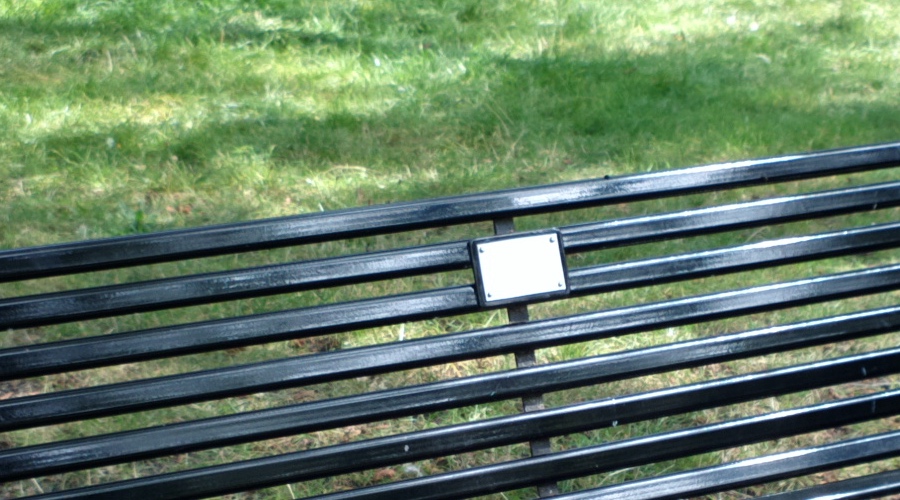

Both perfectly acceptable as snaps, but as you can see here, the dynamic range limitations on the Nokia 808 (because there's only the one exposure/frame) mean that the plaque is completely blown out, whereas to the eye its detail was perfectly visible, and the Mi 11 Ultra makes a good attempt at capturing such fine and bright detail (even if it can't be read, unzoomed).
Nokia 808 PureView: 9 pts; Xiaomi Mi 11 Ultra: 10 pts
Test 8 - Dusk in suburbia
My standard house and garden test, but this time at dusk, just after sunset, with light fading fast and with dynamic range a huge challenge. Here's the full scene:
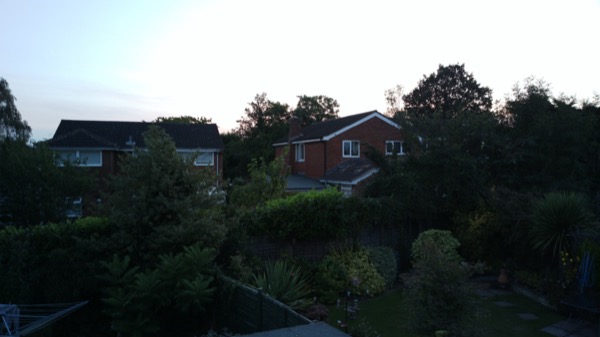
You can grab the original photos from the Nokia 808 PureView and Mi 11 Ultra, for your own analysis.
To look at the images in more detail here, here are fairly central 1:1 crops, from the Nokia 808 PureView and then the Xiaomi Mi 11 Ultra, just wait to make sure the page has fully loaded and then use your mouse or trackpad pointer to compare the images:
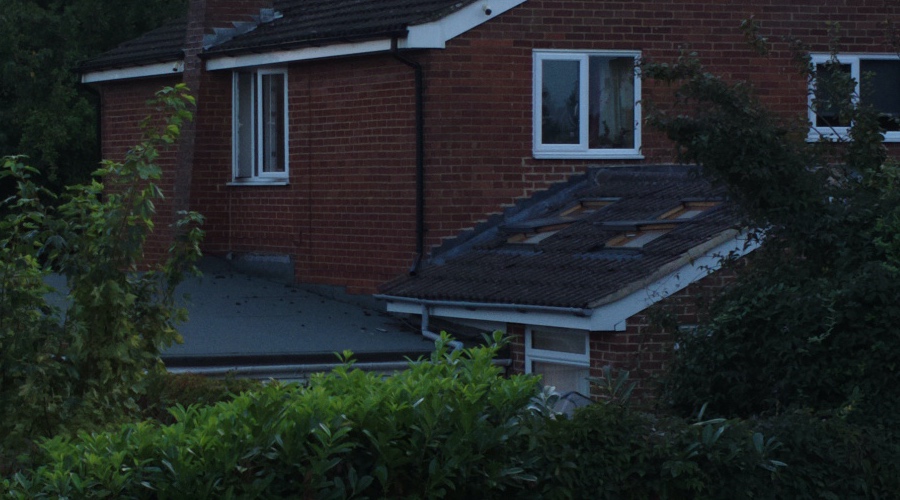

Both phone cameras do well, the 808 giving the scene more or less as my eyes saw it, but with the Mi 11 Ultra producing typical 'enhanced light in the shadow' processing. I'm giving it the technical win, but honestly the 808's photo is accurate in terms of light and feel.
Nokia 808 PureView: 8 pts; Xiaomi Mi 11 Ultra: 9 pts
Test 9 - Dusk, zoomed
The same scene, zoomed to the PureView limit on the 808 (2.5x) and '2.5x' in the Mi 11 Ultra's camera UI.
You can grab the original photos from the Nokia 808 PureView and Mi 11 Ultra, for your own analysis.
To look at the images in more detail here, here are fairly central 1:1 crops, from the zoomed images from the Nokia 808 PureView and then the Xiaomi Mi 11 Ultra, just wait to make sure the page has fully loaded and then use your mouse or trackpad pointer to compare the images:
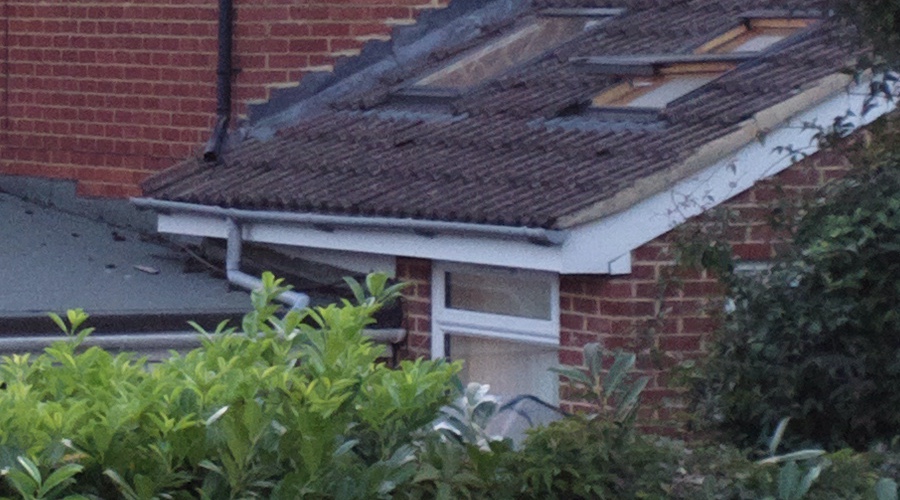

Results are about what we'd expect - with no PureView oversampling available, the 808 spits out a photo that has (shock horror) actual noise, but detail is natural. While the Mi 11 Ultra has plenty of bright detail, but with a slightly enhanced, artificial air. A narrow win for the newer device.
Nokia 808 PureView: 8 pts; Xiaomi Mi 11 Ultra: 9 pts
Test 10 - Night time
My suburban test scene at dead of night. I allowed the 808 a tripod mount, for aforementioned reasons. I also (as I was in 'Creative' mode anyway) set the ISO to 400, since the auto-routines were struggling. This resulted in a 2.7s exposure, though in fairness this compares to the same period during which the night mode on the Xiaomi was gathering frames.
You can grab the original photos from the Nokia 808 PureView and Mi 11 Ultra, for your own analysis.
To look at the images overall, here are scaled versions, from the Nokia 808 PureView and then the Xiaomi Mi 11 Ultra, just wait to make sure the page has fully loaded and then use your mouse or trackpad pointer to compare the images:
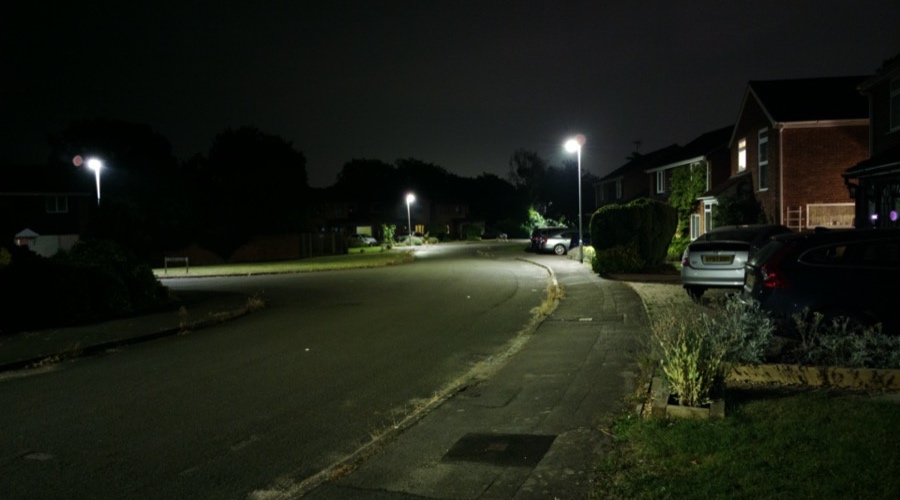

We're back here to what one wants from a camera, even one in a phone. The Nokia 808 shot perfectly represents the lighting to my eye, but the Mi 11 Ultra tries to make night look like day - and with admirable detail captured. But it's not reality. It's a tough call, so I'm going to award a score draw and move onto 1:1 crops below.
Nokia 808 PureView: 9 pts; Xiaomi Mi 11 Ultra: 9 pts
To look at the images in more detail here, here are fairly central 1:1 crops, from the Nokia 808 PureView and then the Xiaomi Mi 11 Ultra, just wait to make sure the page has fully loaded and then use your mouse or trackpad pointer to compare the images:

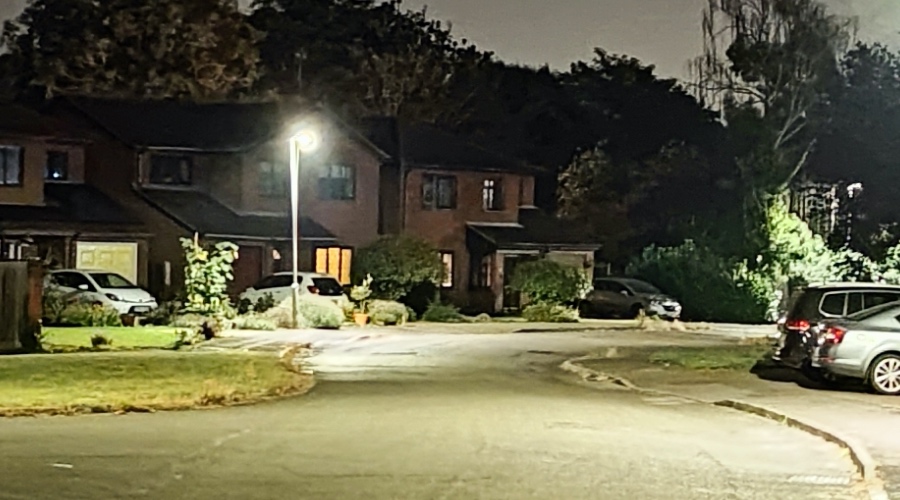
In terms of purity and detail, I love the Nokia 808 photo here. No edge enhancement, no noise reduction, you get what the PureView camera captures. And it's fabulous. Maybe I'm getting old, but the Xiaomi version is too artificial, too enhanced, too clean. Comments?
Nokia 808 PureView: 9 pts; Xiaomi Mi 11 Ultra: 8 pts
Test 11 - Night time (2)
Ultra low light, showing a house sign, here's the full scene (from the 808, showing how dark things were):
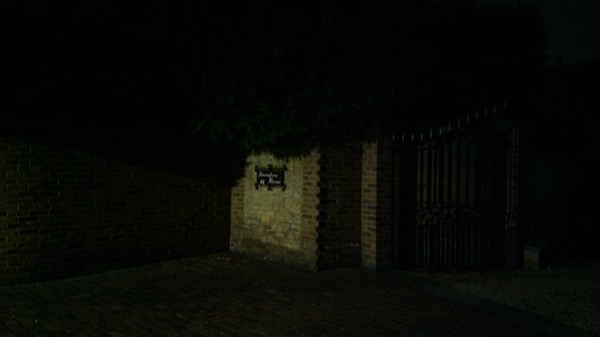
You can grab the original photos from the Nokia 808 PureView and Mi 11 Ultra, for your own analysis.
To look at the images in more detail here, here are fairly central 1:1 crops, from the Nokia 808 PureView and then the Xiaomi Mi 11 Ultra, just wait to make sure the page has fully loaded and then use your mouse or trackpad pointer to compare the images:
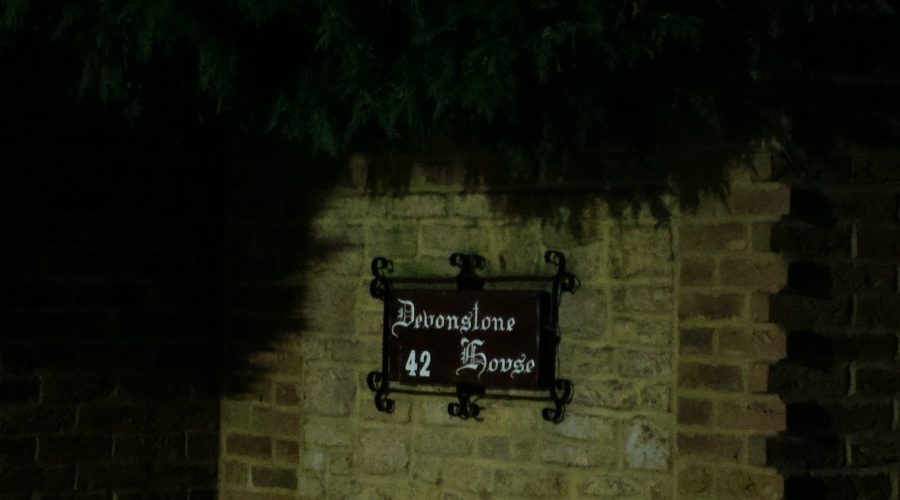
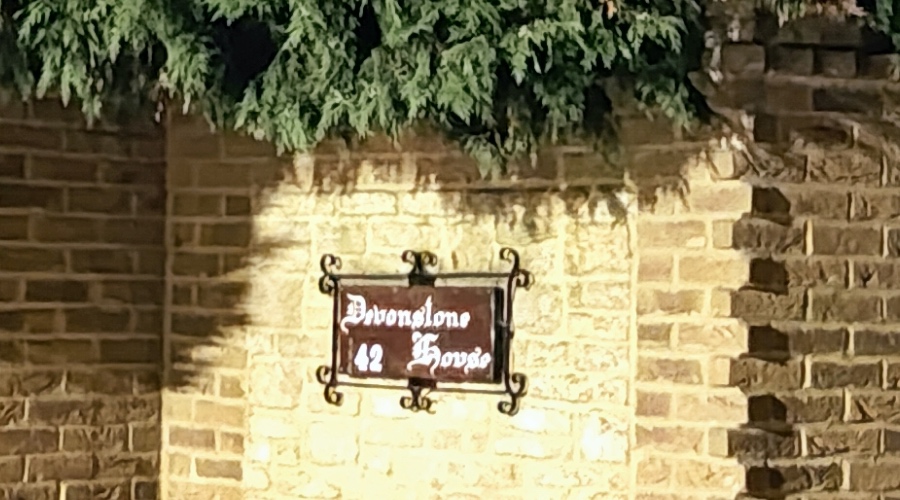
OK, I think I'm justified in calling the Xiaomi Mi 11 Ultra's night mode as insane, this time in a bad way. It tries so hard to turn night into day that the house sign is completely blown out - while the Nokia 808 PureView is slightly on the dim side (at least here at ISO 400). Now, obviously, it would be easy to manually turn down the Mi 11 Ultra's exposure and to manually crank up the 808's ISO setting, which is partly why there's only a point difference between their scores, but I'm leaving this data point as another example of why modern 'night modes' aren't necessarily a good thing(!)
Nokia 808 PureView: 9 pts; Xiaomi Mi 11 Ultra: 8 pts
Verdict
Adding up the scores, almost entirely for fun in this case, because the devices are so VERY different, gives us:
- Xiaomi Mi 11 Ultra (2021): 115 pts
- Nokia 808 PureView (2012): 105 pts
Which, to be honest, sounds about right, given the caveat that the 808 PureView here had a tripod for the last two 'night' shots. Left to handheld use, a 2012 era phone, even the 808, would have collapsed at night.
My review Xiaomi Mi 11 Ultra has to go back now, but it's clear that - as with the iPhone 12 Pro Max (which I own) - there's so much in its imaging system that I could do articles based on its subtleties for months otherwise. Note that I didn't even touch its 'Pro' mode! It's still a powerhouse with absolutely the most imaging fun you can have in a phone in 2021. That's a promise.
As for the venerable Nokia 808 PureView? I think it did rather well overall - and I still gravitate to phone cameras which err on the side of 'natural' rather than 'enhanced'.
Your comments welcome. Even on AAWP (this being a Symbian/Android article!) - there's still lots to digest here, I think.

